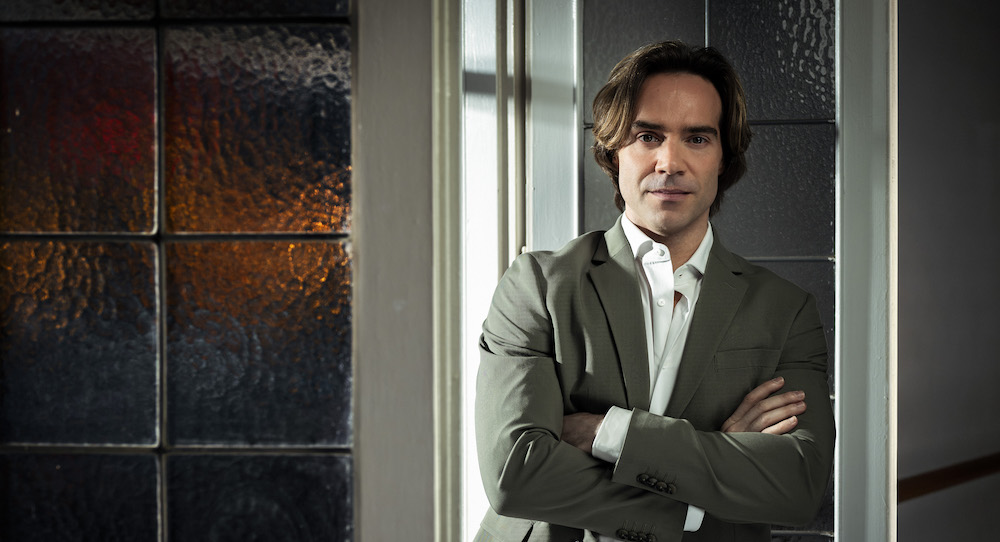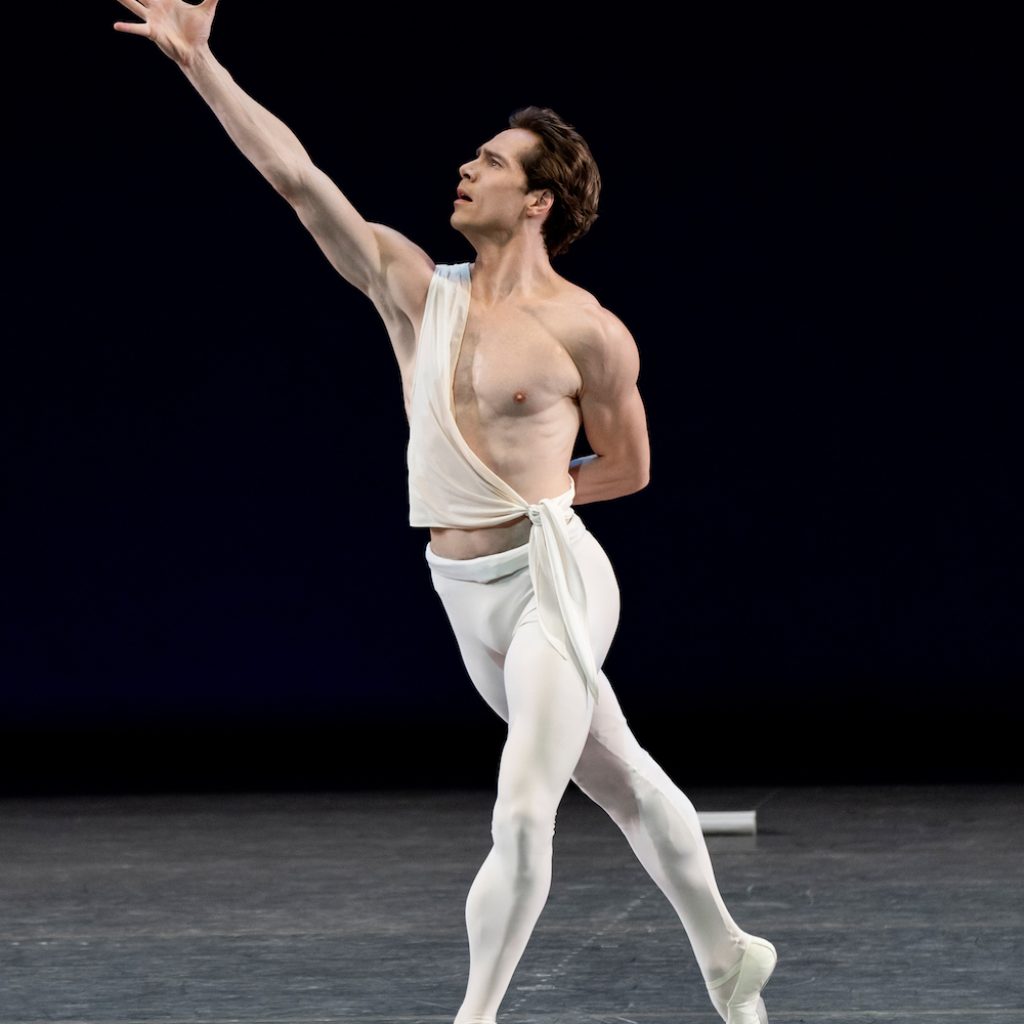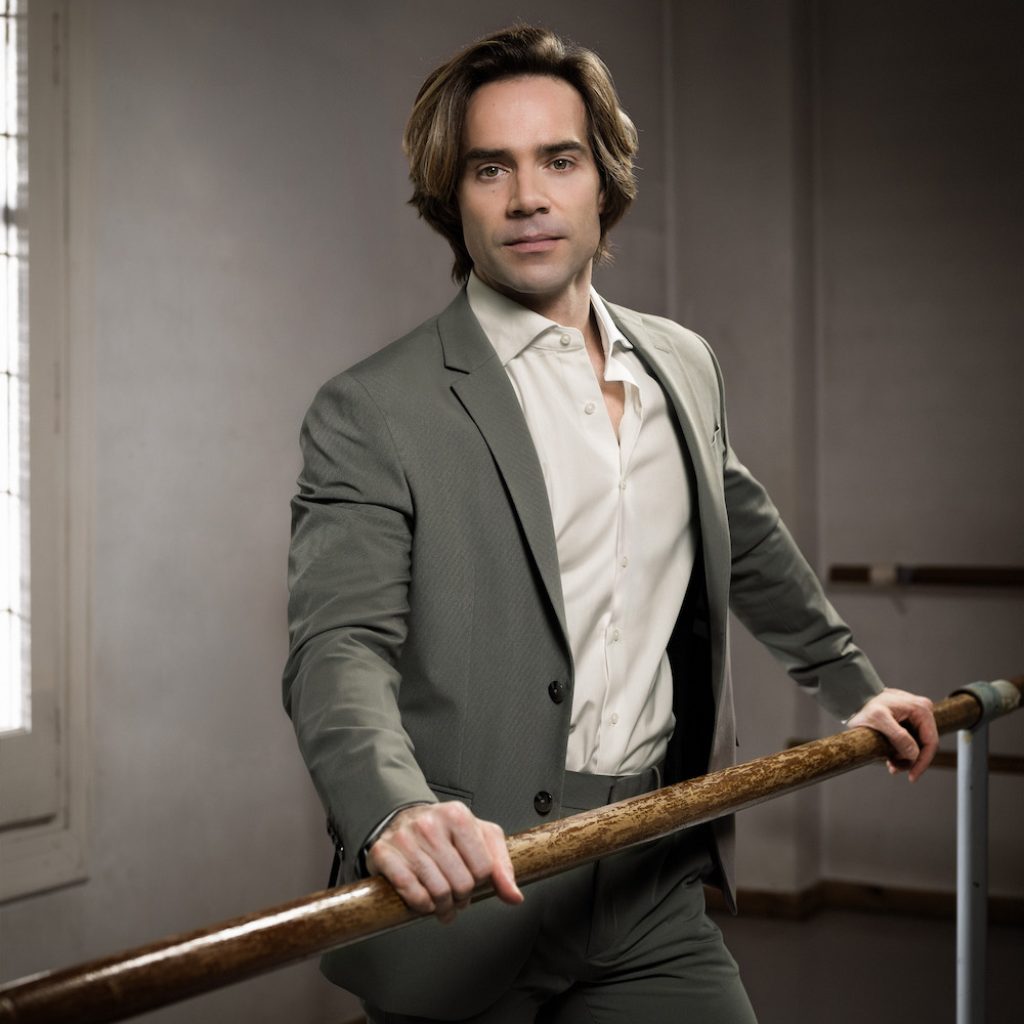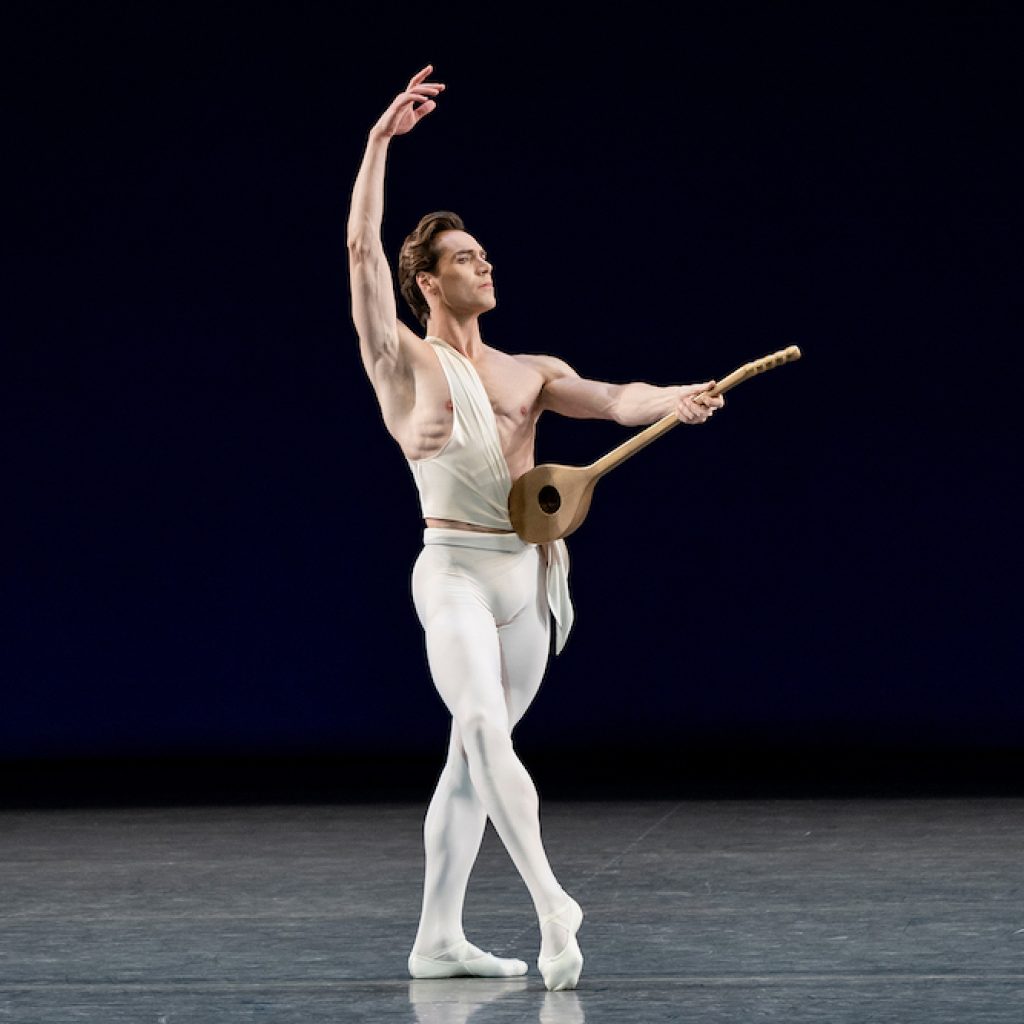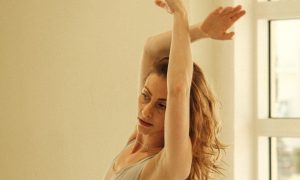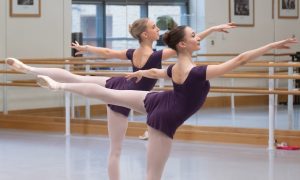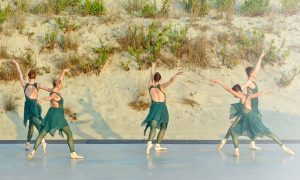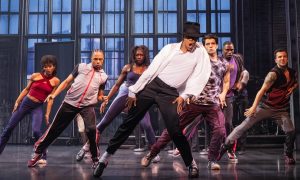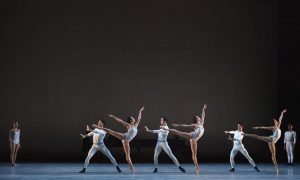Miami City Ballet (MCB), established in 1985, has had 2 artistic directors in its history, Edward Villella and Lourdes Lopez, both former principal dancers with New York City Ballet (NYCB). In 2025, MCB announced that Gonzalo Garcia will continue the tradition as he takes over the role from Lopez upon her retirement. Garcia has had a 25-year career as a performer and spent 15 years as a principal with NYCB before transitioning to role of repertory director for the company. Dance Informa spoke with Garcia about the transition, how his background prepared him for this role and what he has in mind for the future.
With dance, so much depends on season programming and what types of ballets the company will perform. How much do you get to influence those types of decisions, and what is your approach to transitioning from one artistic director to another?
“What’s the point of having a season of programming of the things you like if no one shows up? You have to always find a balance. Sometimes I think, ‘Okay, this is a great ballet for my dancers, because this ballet will help them grow. But this is not going to attract a lot of audience right now. Maybe I need to wait. Maybe I need to educate my audience before I go in that direction.’ All of those things have to be part of the conversation, and are important to have in mind when you’re programming. Ballets are for my dancers, but also for the audience, and for the institution. Miami City Ballet is known as a classical company that has done lots of incredible repertoire. But if all the sudden, my next season was just contemporary dance, it wouldn’t make sense. It would almost be like switching companies. So, how do I add on? How do I keep this legacy that has been so successful, and so brilliant for the dancers here, and start adding new skills and new ways to look at dance without losing who we are as a community?”
Over the course of your already long career, you’ve held every rank in a company as a dancer, and upon retiring from performing, became a repertory director for NYCB. How have all those positions and experiences come together to give you the ability to take on a role as artistic director?
“You learn to work with the directors of the company, and you work with different choreographers that come through. You see the skills that are needed. You start dealing with different personalities, different needs of dancers and issues that come up. How do you help them? How do you navigate all of that? Then you start doing fundraising. You start having personal connections with board members. You start understanding the whole puzzle, and you see all of the pieces. I learned that I had a bigger desire to develop my voice as a leader in the dance world. I love to be able to push this art form forward, and when you’re an artistic director, your voice can be developed in a freer way. That was always what I desired – helping the new generation of dancers and dancemakers. As you learn more and you acquire more skills, you realize that becoming an artistic director allows for that voice to develop. As an artistic director, you have to work with many different dancers, and different departments that have different ways of looking at things. I think that a collaborative and curious way of looking at things is a great skill to have.”
What do you have in mind for your first year at MCB?
“Certainly one thing is getting to know the dancers and being in the studio as much as I can. You know, the foundation of an artistic relationship can grow on many levels, and that means with my dancers and my artistic team, but also with my school, with the teachers and with my students – all of those things. It’s important that this year we get to know each other and that we learn who we are. How do I insert myself there? Another level is getting to know the people that support us. How do I go out and let the community know that there is a new kid on the block? I want everybody in Miami to know who Miami City Ballet is. All of the sectors of our community – the snowbirds that come for six months and the whole Latin community that has been here for a long time, and is here to stay. I want to use being Hispanic and Spanish to reach out to these communities. So if I can accomplish achieving the season that I want, and really get comfortable with the dancers, the artistic team and the community, I think it will be a very successful first season. I’m sure there’ll be more opportunities of growth as I spend more time in this chair.”
By Emily Sarkissian of Dance Informa.


